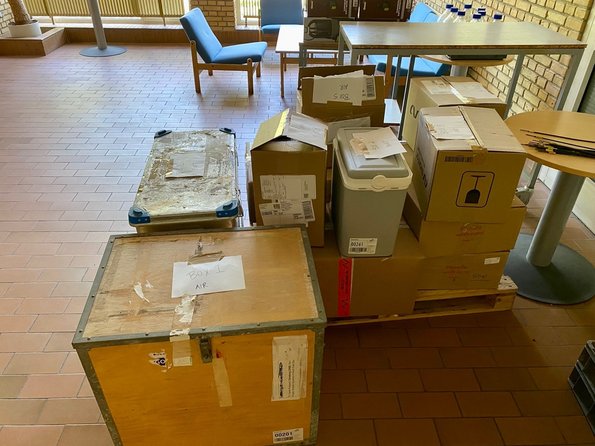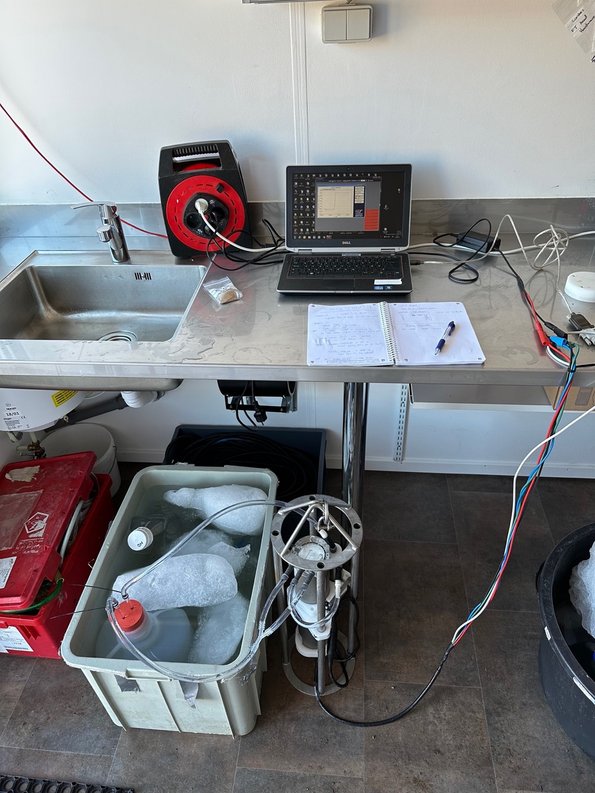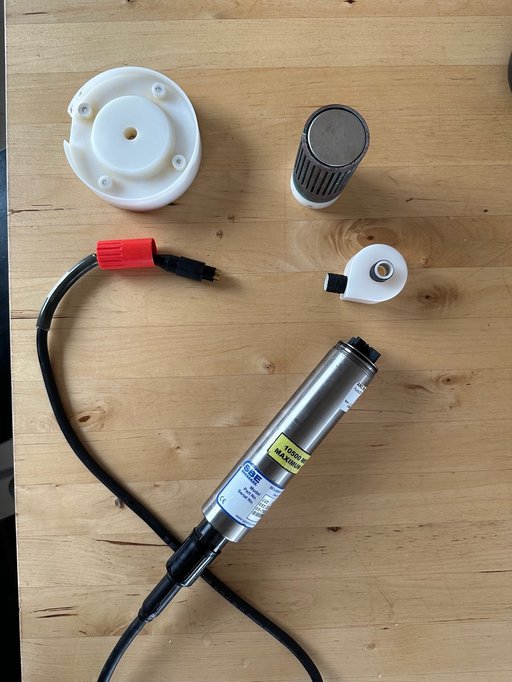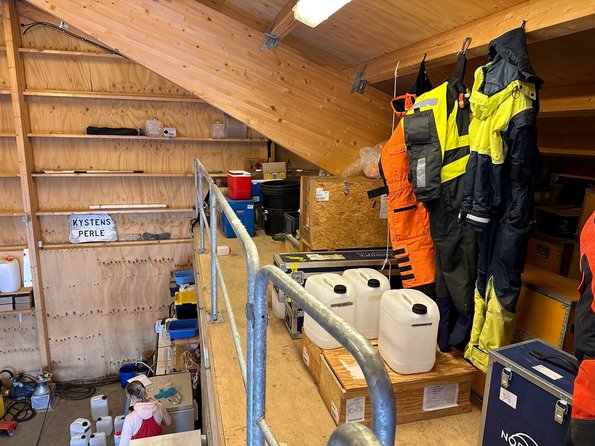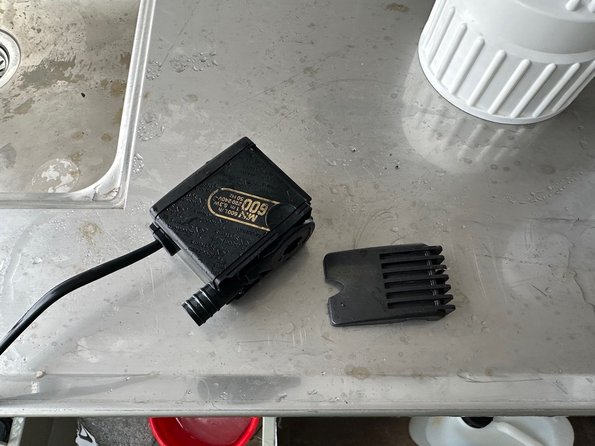Two young scientists share their experiences doing fieldwork in remote Northeast Greenland, check out their blog
Troubleshooting in the Arctic
Doing science in remote places requires a lot of planning. Isolde and I used a good amount of time since April planning all the samples we aimed to take and ordering all the materials that we would need to measure dissolved gases, nutrients, zooplankton lipids etc. This included from everything from vials and tubes to nets and filters. We packed it all in boxes two months early so that it could be shipped up to Daneborg on a Royal Arctic Line freighter. However, I have learned in the past week that no matter how much you plan, you might have to do a bit of science on the fly.
My plan for this field season – besides doing a lot of sampling within the fjord – was to conduct a field experiment measuring the different effects that freshwater has on the partial pressure of CO2 when it is mixed with seawater. I prepared a setup back in Aarhus where I used our Contros HydroC (an instrument that measures pCO2) and its built-in pump to create a closed system that monitors the real-time changes occurring in a carboy filled with water.
After collecting the water, I needed to run the experiment. I started off with the first lab treatment. This at least ran as I had planned back in Aarhus. However, as soon as I was supposed to start the second treatment, the pump on the Contros HydroC stopped working. I tried taking it apart, rinsing out any particulates, cleaning the electrical outputs and inputs, but no matter what I did I couldn’t bring it back to life. This was a bit of a blow. I had spent a lot of time in Aarhus planning exactly how this system would fit together. However, up here in the Arctic, with little to no internet connection and no store around for 1000 km, remote science sometimes requires a bit of troubleshooting and working with what you have.
The next morning, I found an old aquarium pump in one of the crates in the boat house. While I had planned on using the built-in Contros pump to mix water in my experiment, I was able to make a new system with a little bit of tubing, plastic fittings, and electrical tape, that still pumped water to the instrument head. This made it possible to at least get the second treatment of my experiment done. However, as I took out the rubber stopper on my water jug to start prepare for the next run, one of the glass tubes broke and a small piece lodged in the aquarium pump, breaking the motor. Now I was two pumps down. Without any other option I took apart the aquarium pump and put it back together again and after a while got it spinning.
As the one now responsible for all parts of my experiment and data collection, this has been a lesson in pivoting. Sometimes science in the Arctic is less about conducting a measurement or taking a sample, but more about whether or not you can find a workaround.

